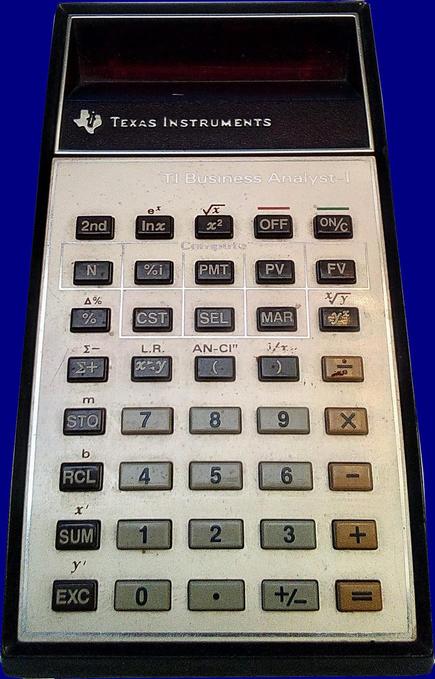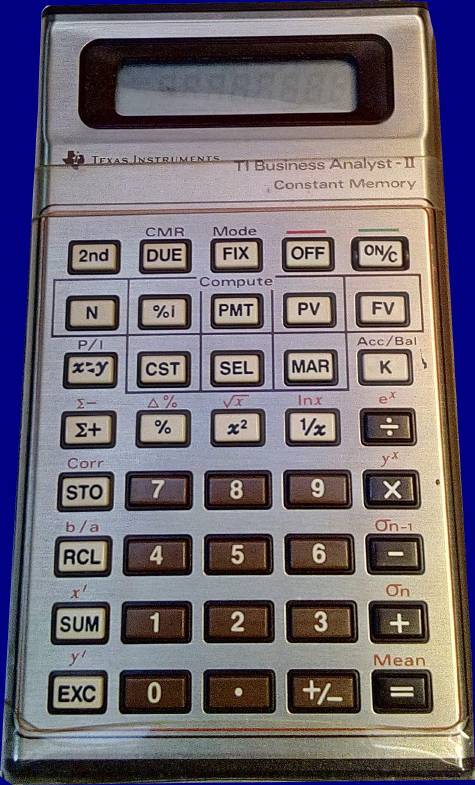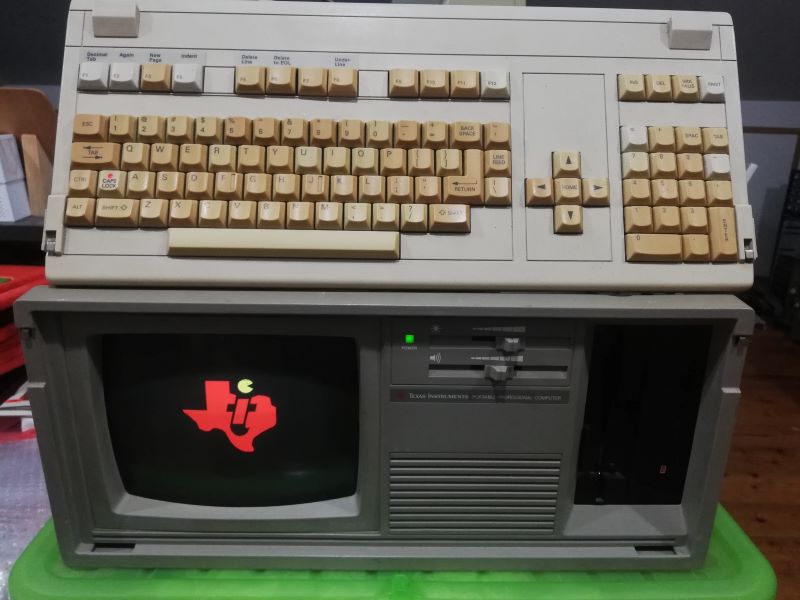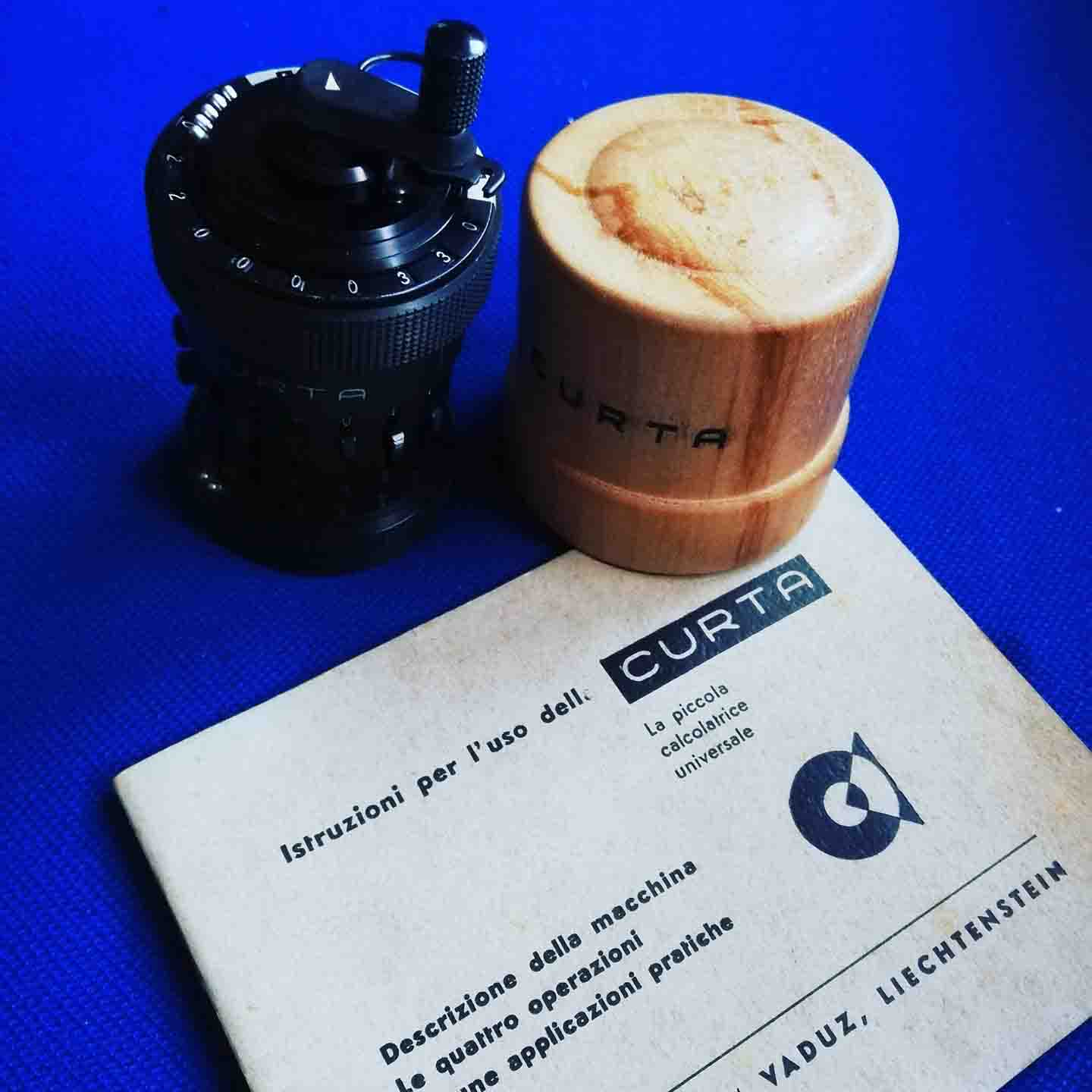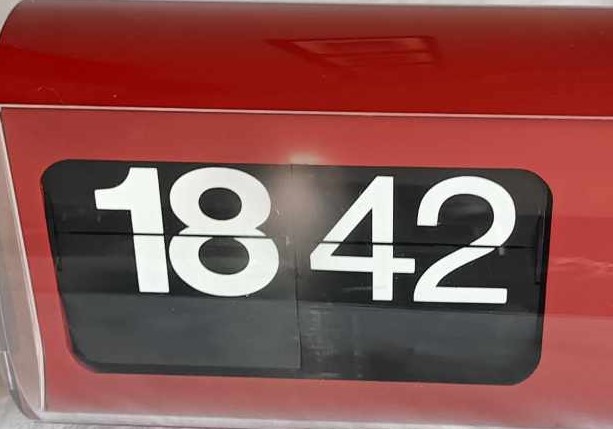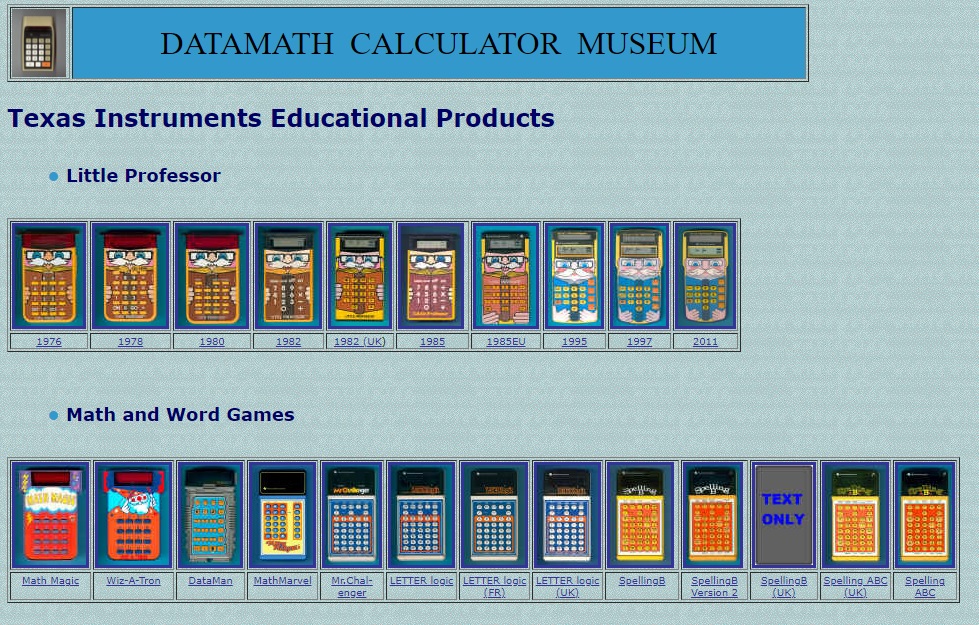Texas Instruments
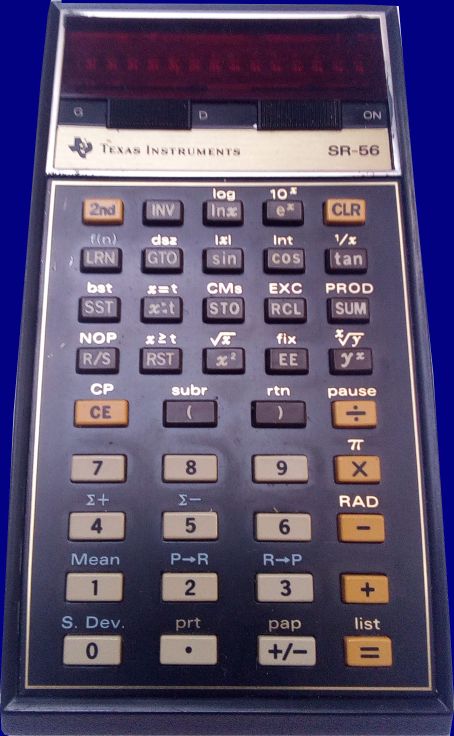 Model: SR-56
Model: SR-56
Battery: 3 x AA
Adapter: AC9130A
Year: 1976
Chip: TMC0501, TMS0537, TMC0538, TMC0599
Manual: with permission www.datamath.org
Info: classic second GENERATION
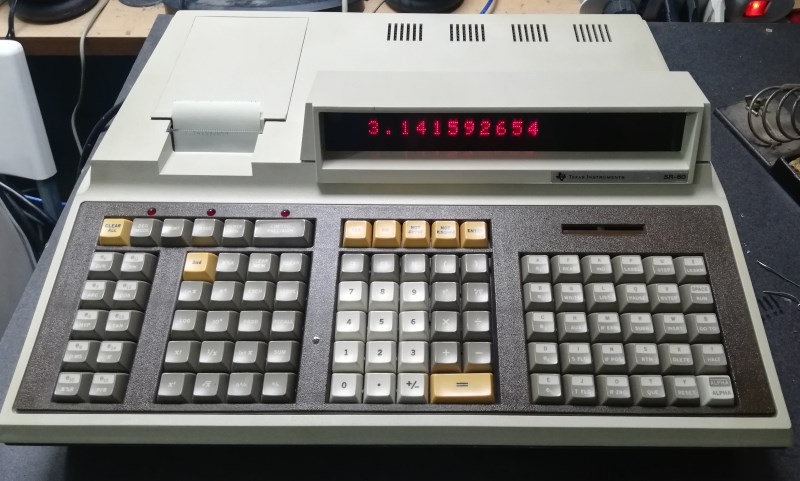
 Model: SR-60
Model: SR-60
Battery: NO
Adapter: AC 110 volt or AC 220 volt
Year: 1976
Chip: TMC0501, TMC0526 or TMC0536, TMC0564, TMC0565, TMC0566, TMC0567, TMC0568 or TMC0570, TMC0596, 5*TMC0599, TMC0253, TMC0254 Info: Texas Instruments introduced in 1976 with the SR-60 their first high-end programmable desktop calculator. Priced at $1695 and with a footprint of roughly 17" by 14.5" (430 mm * 370 mm) the SR-60 resembled more a computer than a programmable calculator.
Info: Texas Instruments introduced in 1976 with the SR-60 their first high-end programmable desktop calculator. Priced at $1695 and with a footprint of roughly 17" by 14.5" (430 mm * 370 mm) the SR-60 resembled more a computer than a programmable calculator.
Based on the SR-52 and SR-56 series of programmable calculators, the SR-60 integrated a full-sized keyboard with 95 keys, a large alphanumeric display with 20 characters, a thermal dot-matrix printer with 20 characters and a magnetic card reader for saving and loading both programs and data.
One of the main advantages of the SR-60 is the huge memory for data and program, already the base model could hold 480 program steps and 40 memory registers. Two memory expansion modules were available, one implemented with just two small daughter boards holding 5 resp. 3 TMC0599 RAM chips accessible through a bottom panel in the housing. The second memory expansion, a huge printed circuit board (PCB) with a total of 27 TMC0599 RAM chips, was mounted below the keyboard next to the Main PCB.
The SR-60 operates using pure algebraic logic (e.g., problems are presented to the machine as they would be written on paper). The calculator adheres to the PEMDAS (Parenthesis, Exponentiation, Multiplication, Division, Addition, Subtraction) order of precedence. The [(] and [)] keys may be used to group expressions to override the PEMDAS rules as required. Parentheses can be nested up to ten levels deep. The machine calculates and displays results to ten significant digits, and always formats the display to provide maximum accuracy.
with permission of the author www.datamath.org
Claudio Larini. My interest in the world of information technology was born as soon as I finished high school, before leaving for the university adventure at the Polytechnic of Milan, after having purchased the first issue of a magazine, Micro and Personal Computer in September 1979. So after having consulted the "Market Guide", which was divided between Personal Computers, Programmable Calculators and Microprocessor Boards, and compatibly with the available budget I decided to purchase a programmable calculator.
SR-60 EMULATOR (and others ....) Claudio Larini ITALY
TroubleShooting
 After finding the SR-60 and checking it, we realized that it wasn't working. We started with the power supply. This power supply provides all power for the individual PCBs, (-20, -15.8, -10, -5 and -19) with an input voltage ranging from -26.5 to -42. At this point we realized that the -15.8 voltage that powers the main PCB was not being supplied.
After finding the SR-60 and checking it, we realized that it wasn't working. We started with the power supply. This power supply provides all power for the individual PCBs, (-20, -15.8, -10, -5 and -19) with an input voltage ranging from -26.5 to -42. At this point we realized that the -15.8 voltage that powers the main PCB was not being supplied.

 As expected with these 50 year old objects, the filter capacitors, in this case 10uF, failed, one was shorted, another changed value.
As expected with these 50 year old objects, the filter capacitors, in this case 10uF, failed, one was shorted, another changed value.
Causing the breakage of three transistors in the power supply, the TIP30 replaced with one from the stock of components we have from the 70s and 80s, in addition to the A1872 replaced with a BC556 and an A2031 replaced with a BC547. We were unable to find the latter the same .
 Model: SR-60 A
Model: SR-60 A
Battery:
Adapter: AC 110 volt
Year: 1978
Chip:TMC0501, ...TMC0526, 5*TMC0599, TMC0253
Info: Texas Instruments introduced in 1976 with the SR-60 their first high-end programmable desktop calculator. Priced at $1695 and with a footprint of roughly 17" by 14.5" (430 mm * 370 mm) the SR-60 resembled more a computer than a programmable calculator. Based on the SR-52 and SR-56 series of programmable calculators, the SR-60 integrated a full-sized keyboard with 95 keys, a large alphanumeric display with 20 characters, a thermal dot-matrix printer with 20 characters and a magnetic card reader for saving and loading both programs and data. One of the main advantages of the SR-60 is the huge memory for data and program, already the base model could hold 480 program steps and 40 memory registers. Two memory expansion modules were available, one implemented with just two small daughter boards holding 5 resp. 3 TMC0599 RAM chips accessible through a bottom panel in the housing. The second memory expansion, a huge printed circuit board (PCB) with a total of 27 TMC0599 RAM chips, was mounted below the keyboard next to the Main PCB. A fully-optioned SR-60 could hold programs with a maximum of 5760 steps and 430 memory registers.




















